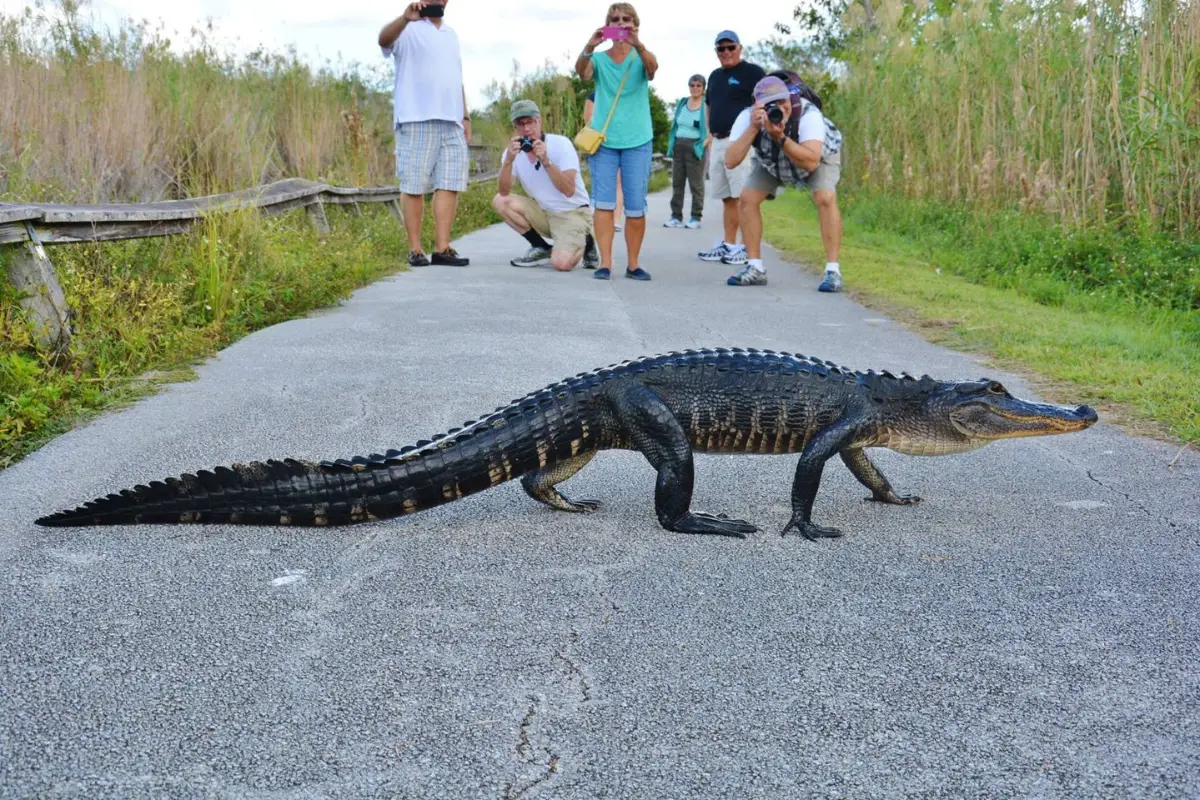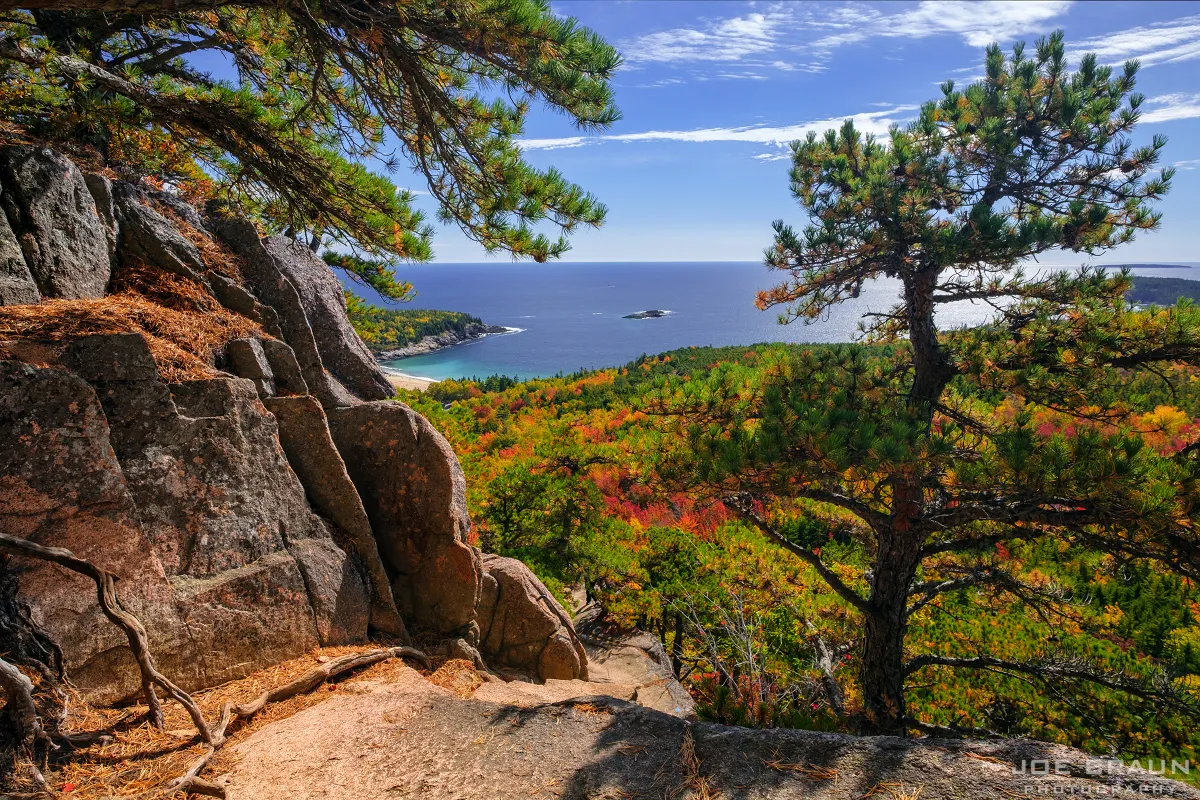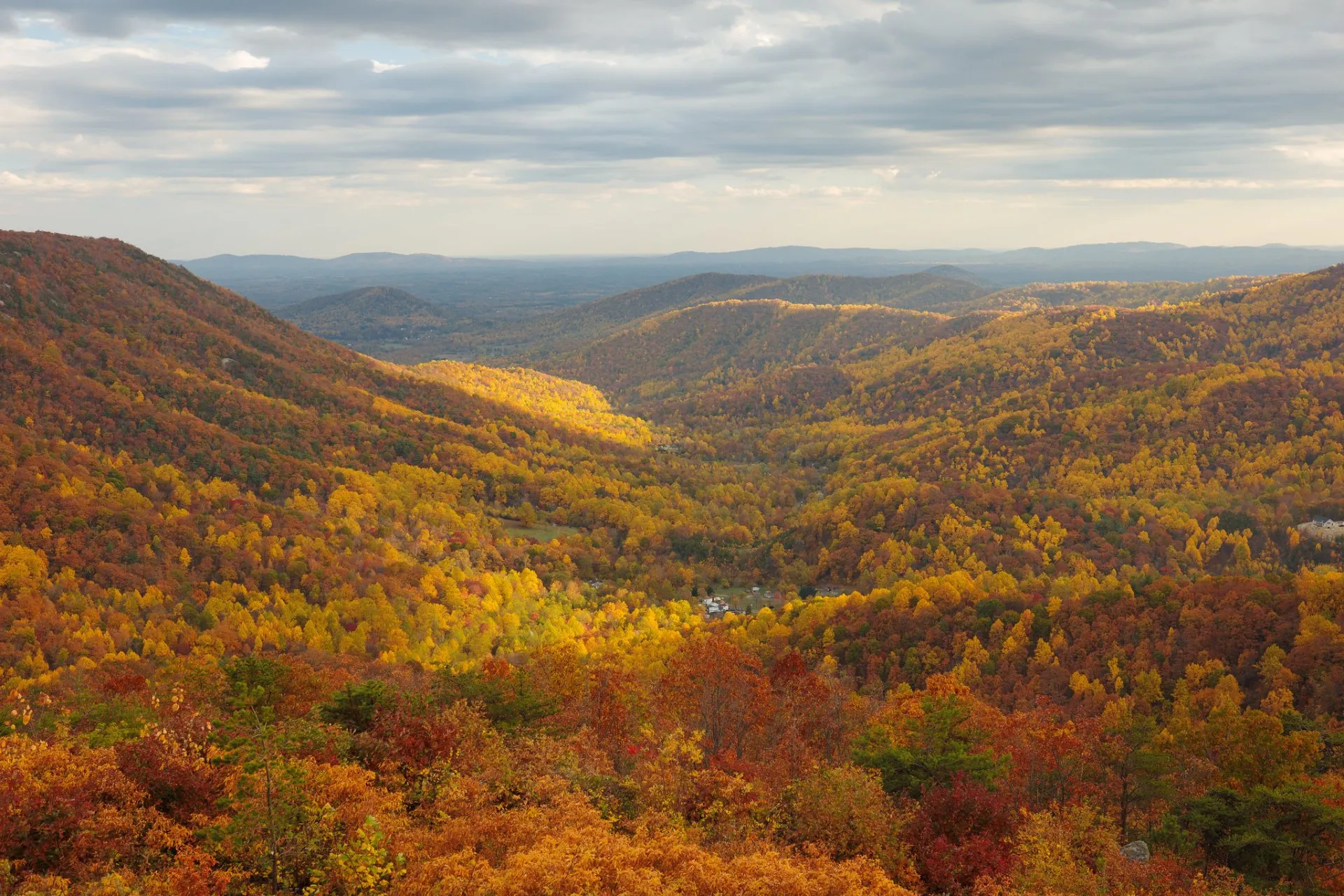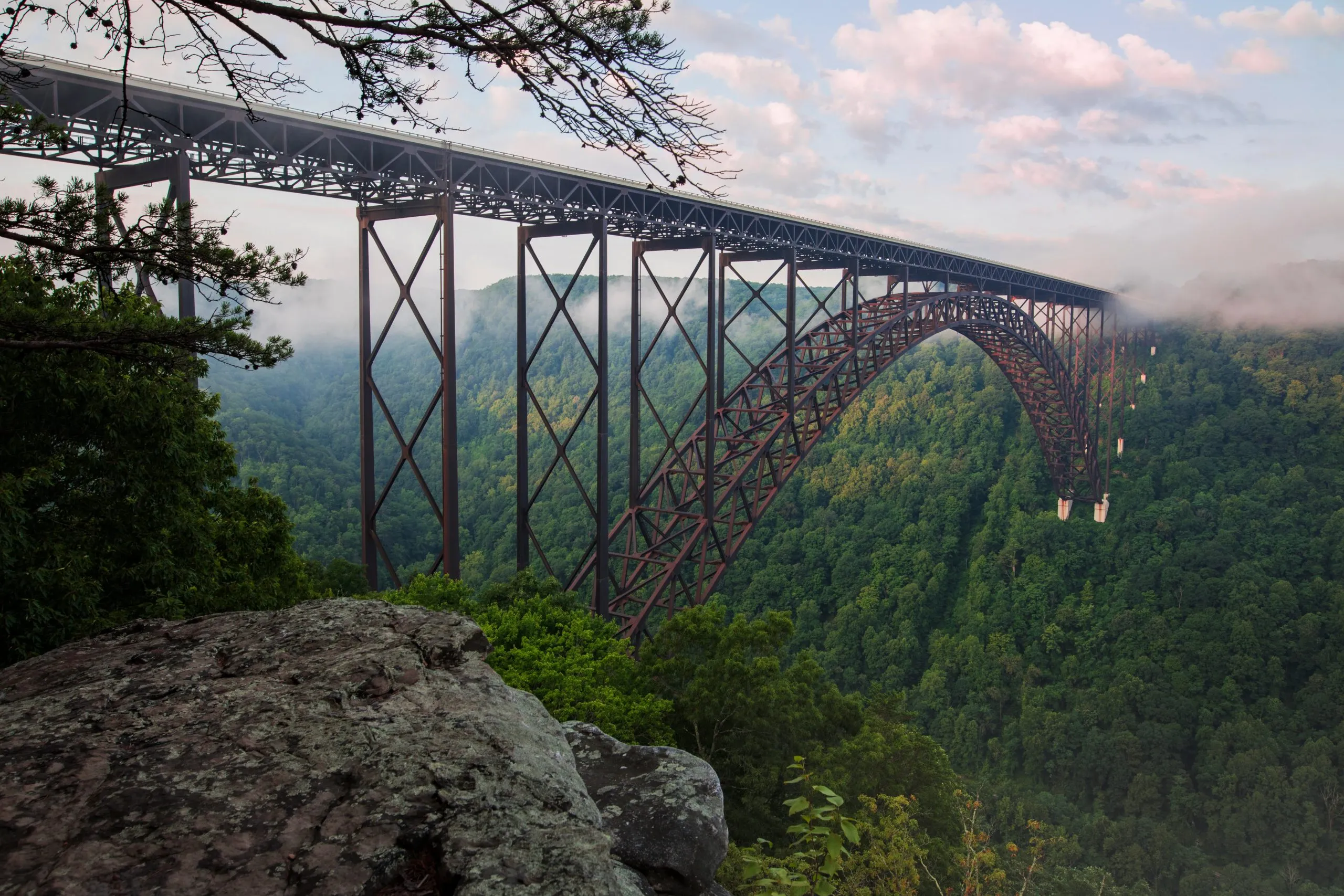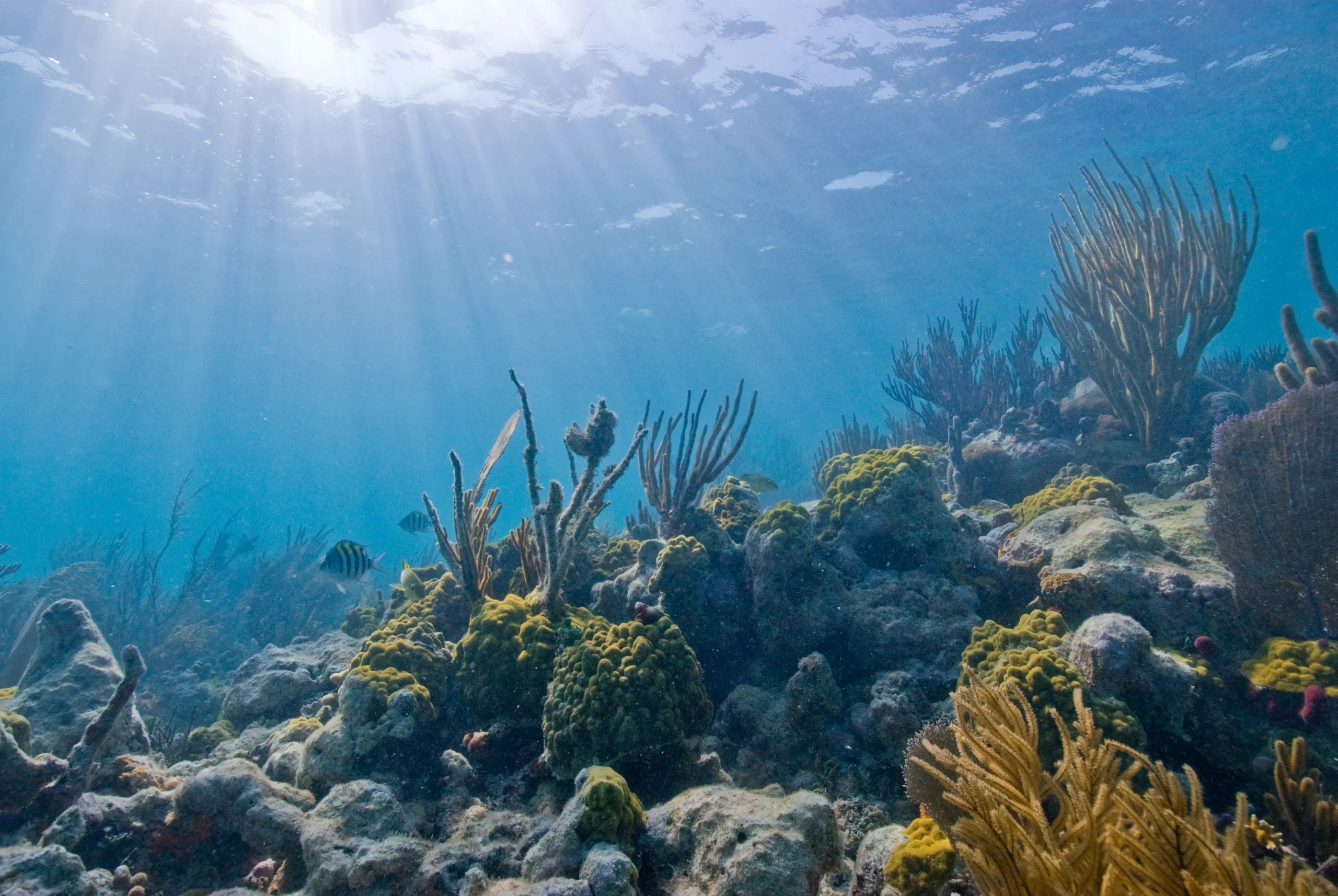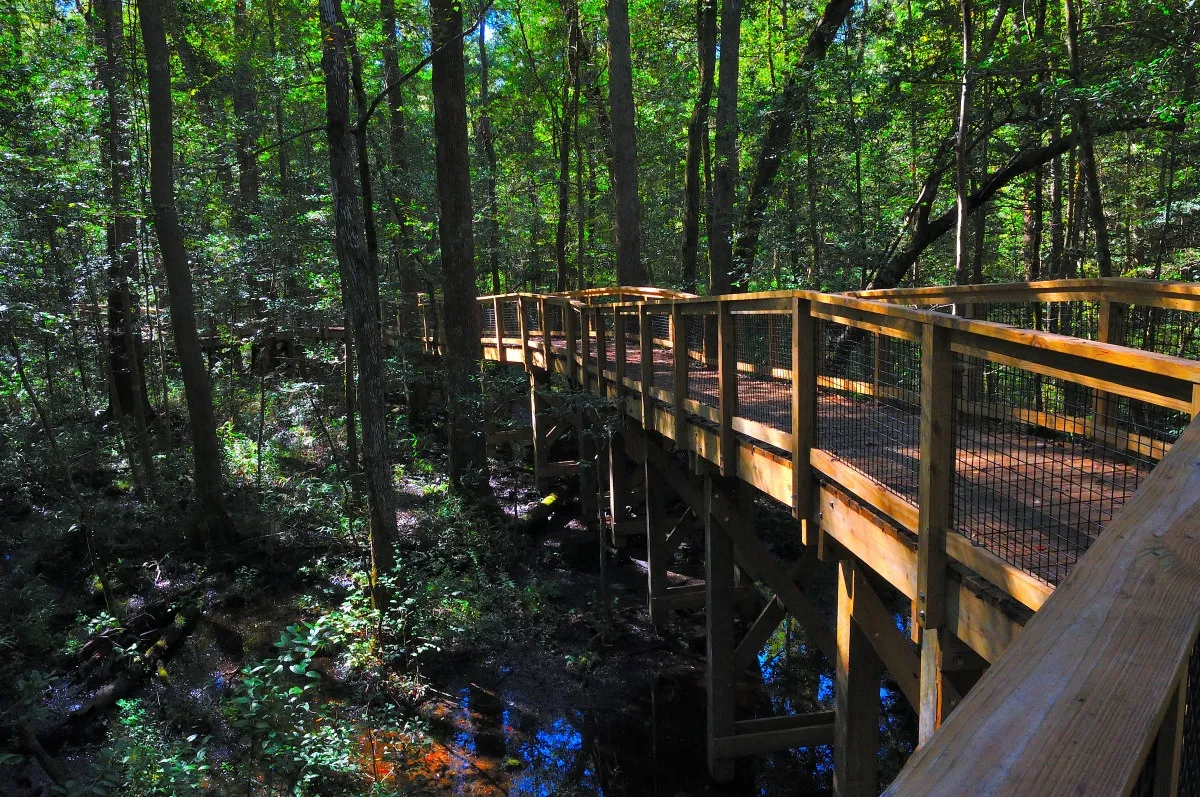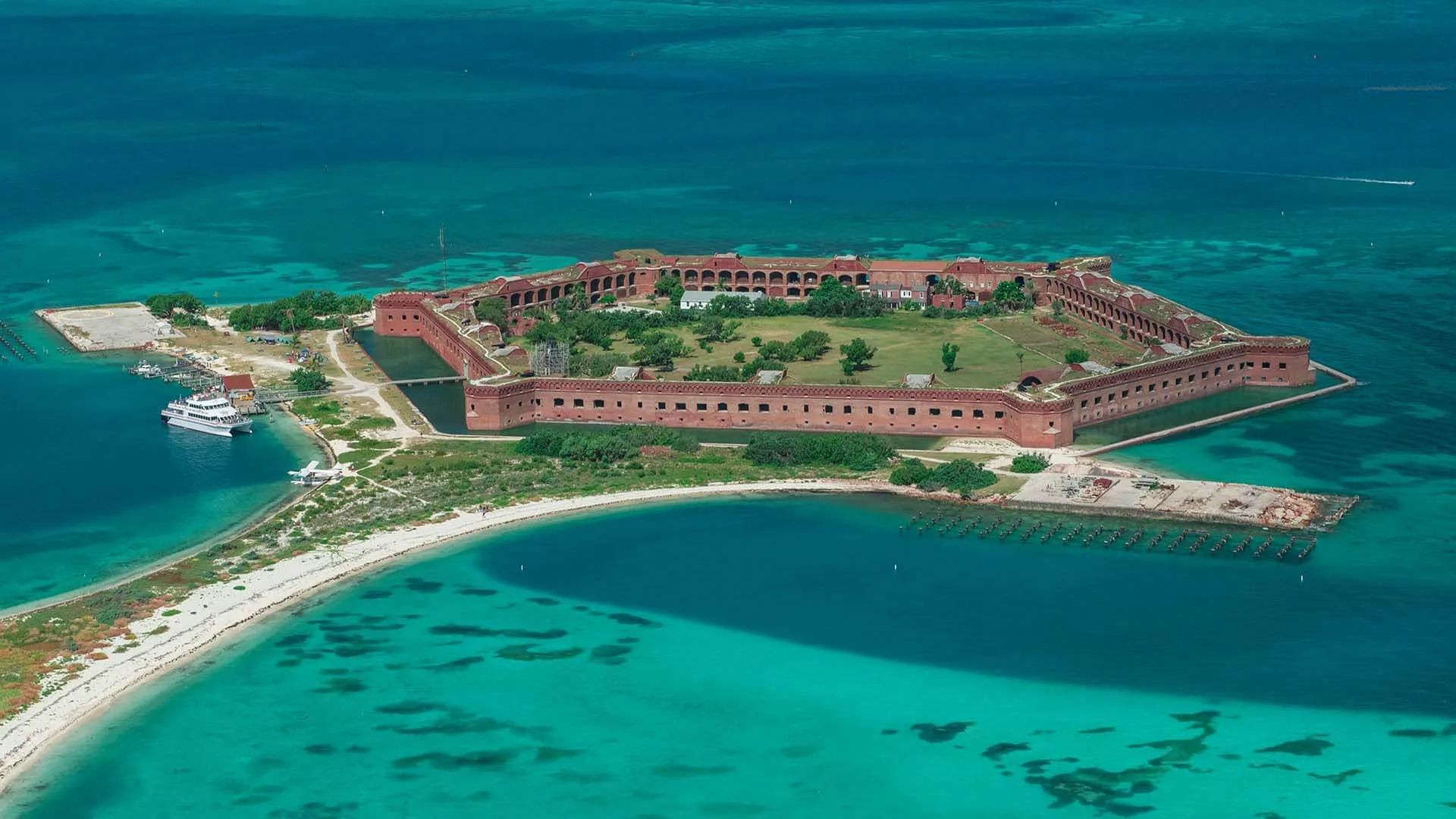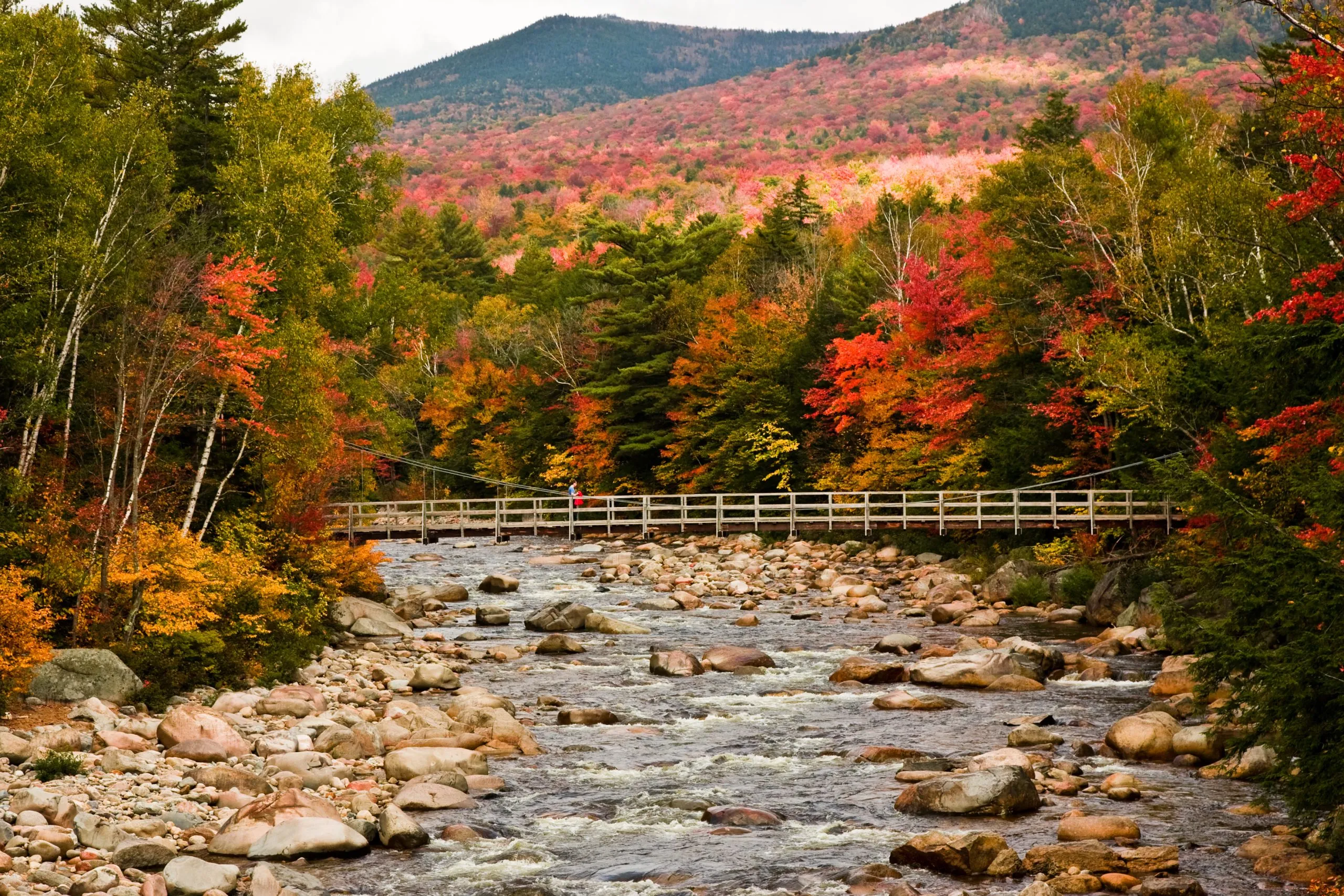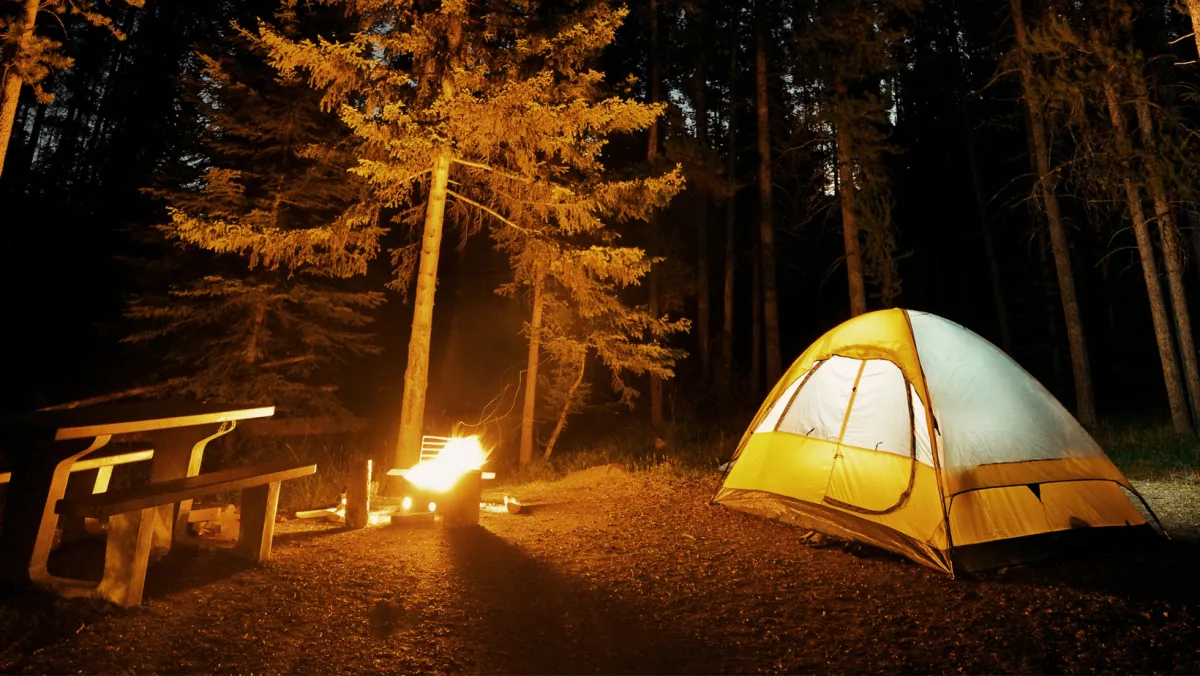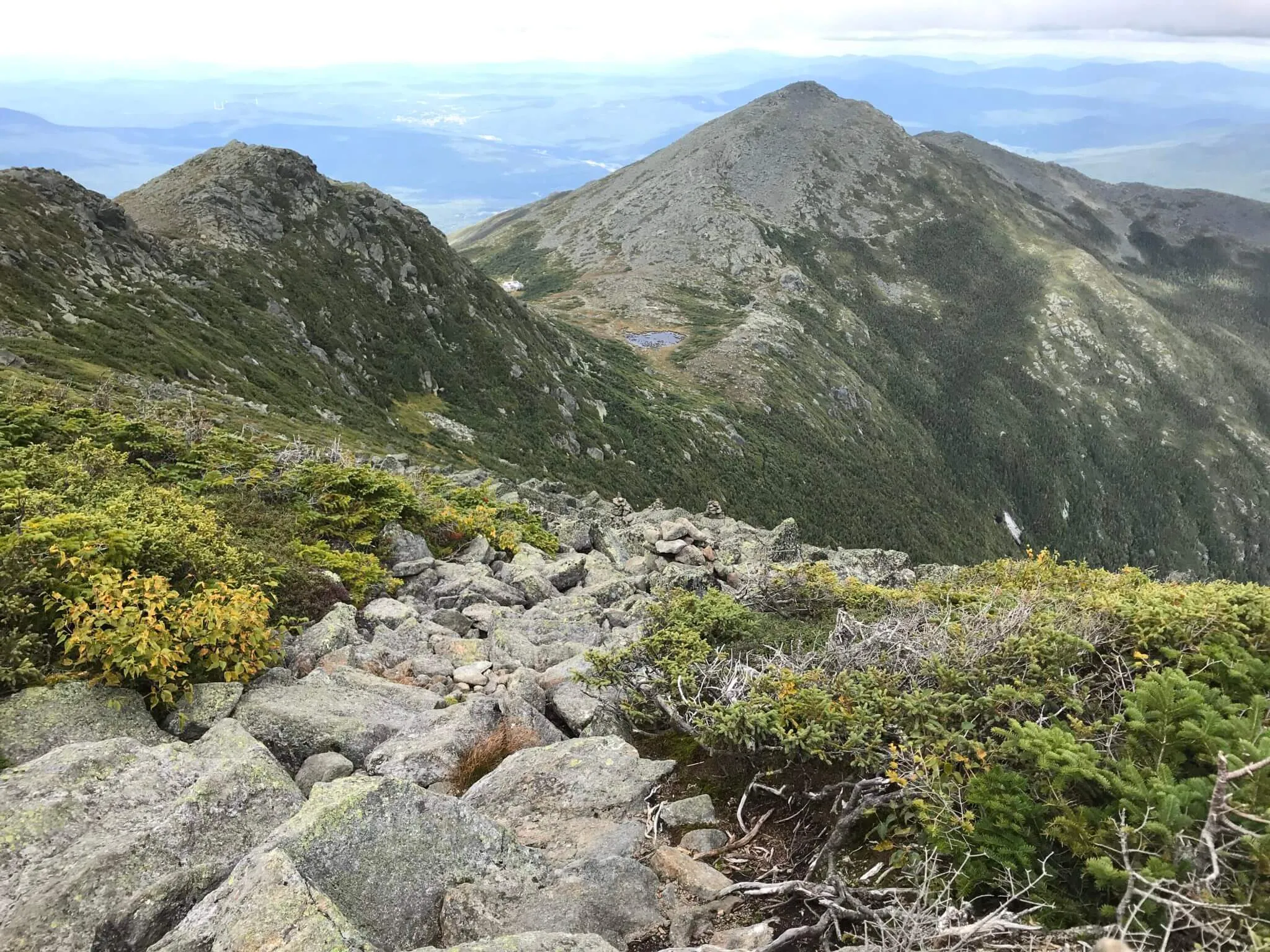When most people imagine a “national park,” they picture the vast landscapes of the West, like Yellowstone or the Grand Canyon. But after a decade exploring America’s treasures, I’ve discovered that the east coast national parks offer a uniquely captivating and equally spectacular experience, especially as part of a larger East Coast road trip.
From Maine’s granite cliffs where mountains tumble into the sea to Florida’s underwater coral kingdoms, these Atlantic gems protect ancient forests, rare ecosystems, and the last remnants of primeval wilderness. This comprehensive guide ranks and reviews the 8 best east coast national parks, drawing from thousands of visitor experiences, ranger insights, and personal exploration to help you plan your perfect trip.
1. Acadia National Park, Maine: Where Mountains Meet the Sea
Acadia feels like nature’s greatest hits album, all packed into one accessible location. Situated on Mount Desert Island, this park delivers dramatic granite peaks, pristine lakes, and a rugged Atlantic coastline within a manageable 47,000 acres. What makes Acadia one of the most beloved east coast national parks is its unique blend of wild beauty and civilized accessibility—you can tackle heart-pounding cliff climbs in the morning and enjoy afternoon tea overlooking Jordan Pond.
Unforgettable Experiences at Acadia
The sunrise from Cadillac Mountain is arguably the most iconic experience in any national park on the east coast. As the highest point on the Atlantic seaboard, you’ll often be among the first in America to see the sun.
-
Iron Rung Trails: For thrill-seekers, the iron rung trails like Precipice and Beehive offer adrenaline-pumping climbs up near-vertical cliff faces using metal rungs bolted into the granite.
-
Carriage Roads: In contrast, John D. Rockefeller Jr.’s 45 miles of carriage roads provide a peaceful escape. These car-free, crushed-stone paths are perfect for biking or leisurely walks through forests and around lakes.
-
Bar Harbor: The park’s proximity to Bar Harbor adds cultural richness, with fresh lobster rolls and whale-watching tours just minutes from the trailheads.
Planning Your Acadia Adventure
Visit between September and mid-October for peak east coast fall foliage, fewer crowds, and manageable bugs. Summer offers full access but brings intense crowds, with parking lots often full by 8 AM. The free Island Explorer shuttle system is a great way to avoid parking frustrations during peak season.
You’ll need advance vehicle reservations for Cadillac Summit Road (May-October), available only through Recreation.gov. These sell out quickly, especially sunrise slots. Bar Harbor offers the most amenities, while Southwest Harbor on the “quietside” provides a more tranquil stay.
Acadia National Park: At a Glance
-
Best for: First-time national park visitors, photographers, families wanting accessible adventure.
-
Avoid if: You prefer untouched wilderness without developed infrastructure.
-
Insider Tip: Explore the western “quietside” for more solitude and visit Bass Harbor Head Lighthouse, a potential stop on an east coast lighthouse tour, for classic Maine scenery.
2. Great Smoky Mountains National Park, NC & TN: America’s Most Visited Treasure
The Smokies earn their title as the “most visited national park” with an unbeatable combination: no entrance fee, incredible biodiversity, and proximity to major population centers. These ancient mountains, among the oldest on Earth, harbor over 20,000 documented species. The park feels magical, with dense, misty forests that visitors often describe as having a “Middle-Earth quality,” making it a cornerstone of the east coast national parks system.
Exploring the Biodiversity Capital
Cades Cove Loop Road is the park’s premier wildlife viewing area, an 11-mile scenic valley dotted with historic structures. Black bears, deer, and wild turkeys are common sights, but be prepared for traffic jams that can stretch the drive to four hours. The secret? Arrive at sunrise or visit on vehicle-free Wednesdays (May-September).
The summit of Kuwohi (formerly Clingmans Dome) at 6,643 feet offers 360-degree Appalachian views from a futuristic observation tower. Waterfall hikes like Laurel Falls and Grotto Falls are also highlights, with the latter allowing you to walk directly behind the 25-foot cascade.
Navigating the Crowds Strategically
Peak season can be overwhelming, and nearby Gatlinburg is often intensely commercialized. However, with over 800 miles of trails, escaping the crowds is easy. Areas like Cataloochee Valley and Deep Creek see far fewer visitors while providing equally stunning experiences.
Spring (April-May) brings famous wildflower displays and active wildlife. Fall offers spectacular foliage but also the year’s largest crowds. Cell service is unreliable, so download offline maps before you arrive.
Great Smoky Mountains: At a Glance
-
Best for: East coast family trips, wildlife watchers, history enthusiasts, budget travelers.
-
Avoid if: You need guaranteed solitude or dislike tourist crowds.
-
Insider Tip: Purchase the required $5 parking tag in advance and explore lesser-known areas like Cataloochee for elk viewing.
3. Shenandoah National Park, Virginia: The Ultimate Scenic Drive
Shenandoah is defined by its crown jewel: the 105-mile Skyline Drive, one of the most iconic east coast scenic drives, which winds along the crest of the ancient Blue Ridge Mountains. With over 70 overlooks gazing across the Shenandoah Valley and rolling Piedmont, this park excels at accessible beauty, making it a favorite east coast national park for road trips. The experience centers on leisurely drives, peaceful picnics, and waterfall hikes that descend from the ridgeline.
Skyline Drive and Beyond
The drive itself deserves a full day at the 35 mph speed limit; rushing defeats the purpose. Popular sunset overlooks include Hawksbill and Stony Man, where the soft, hazy layers of billion-year-old mountains create perfect photo opportunities. The park also contains over 100 miles of the legendary Appalachian Trail.
Old Rag Mountain stands out as one of the premier east coast hiking challenges—a grueling 9-mile loop with a mile-long boulder section that requires hands and feet. For waterfall seekers, Dark Hollow Falls is a steep but short 1.4-mile round-trip to a beautiful 70-foot cascade.
Practical Considerations for Your Visit
Autumn brings world-famous foliage but also immense crowds. Spring is an excellent alternative with blooming wildflowers and fewer people. Four entrance stations provide access: Front Royal (north), Thornton Gap, Swift Run Gap, and Rockfish Gap (south).
There are no gas stations in the park, so fuel up beforehand. Skyland Resort and Big Meadows Lodge offer in-park accommodations.
Shenandoah National Park: At a Glance
-
Best for: Scenic drive enthusiasts, fall foliage seekers, moderate hikers.
-
Avoid if: You want dramatic mountain peaks or extensive backcountry.
-
Insider Tip: Purchase day-use tickets in advance for Old Rag Mountain, as they are required from March to November.
4. Everglades National Park, Florida: The River of Grass
The Everglades protects a globally unique ecosystem: the “River of Grass,” a 60-mile-wide sheet of water flowing from Lake Okeechobee to Florida Bay. This UNESCO World Heritage Site challenges traditional concepts of scenic beauty with its vast flatness and intricate web of life. Wildlife viewing here is unparalleled among east coast national parks, offering close encounters with alligators, crocodiles, manatees, and hundreds of bird species.
Exploring Diverse Ecosystems
The Anhinga Trail near Homestead virtually guarantees wildlife sightings along an 0.8-mile boardwalk. Alligators, turtles, and spectacular wading birds congregate here. For a deeper look, Shark Valley’s 15-mile tram tour ventures into the sawgrass prairie, culminating at a 65-foot observation tower with panoramic views.
Airboat tours offer the classic Everglades experience, skimming across the water at thrilling speeds. The Flamingo area at the park’s southern tip is the best place to spot American crocodiles and manatees.
Why Seasonal Timing is Critical
The dry season (December-April) is the ideal time to visit, making it a popular east coast spring break destination. You’ll find pleasant temperatures, fewer mosquitoes, and wildlife concentrated around shrinking water sources. The summer wet season brings intense heat, daily thunderstorms, and overwhelming swarms of mosquitoes.
The park has three separate entrances that do not connect internally: Homestead, Shark Valley, and Gulf Coast.
Everglades National Park: At a Glance
-
Best for: Wildlife photographers, birders, families interested in unique ecosystems.
-
Avoid if: You visit during summer or need mountain scenery.
-
Insider Tip: Visit different entrances for varied experiences and book tram tours in advance during peak season.
5. New River Gorge National Park, WV: America’s Newest Adventure Hub
Designated in 2020, New River Gorge is where the power of an ancient river meets modern adventure sports. The 1,000-foot-deep canyon, carved by one of Earth’s oldest rivers, creates a world-class destination for whitewater rafting, rock climbing, and hiking. The massive New River Gorge Bridge serves as both the park’s icon and an engineering marvel, solidifying the reputation of this newer east coast national park.
Adventure and History Combined
The Canyon Rim Visitor Center provides the most spectacular bridge views from a short boardwalk. The Endless Wall Trail, a 2.4-mile loop along massive sandstone cliffs, offers panoramic gorge vistas from Diamond Point Overlook.
Whitewater rafting is the quintessential park experience, with outfitters offering trips on the family-friendly Upper New River and the challenging Class IV-V rapids of the Lower New River. The historic Fayette Station Road winds down to the gorge bottom, passing directly under the bridge.
Planning Your Adventure
Summer is peak season for water activities, while fall brings beautiful foliage and “Gauley Season,” when dam releases create world-class rapids on the nearby Gauley River. Bridge Day (third Saturday in October) is a massive festival featuring BASE jumping and rappelling.
Fayetteville is the primary visitor hub. The park offers only primitive east coast camping, so most visitors stay in local hotels or cabins.
New River Gorge National Park: At a Glance
-
Best for: Adventure sports enthusiasts, industrial history buffs, bridge photography.
-
Avoid if: You have mobility limitations or a fear of heights.
-
Insider Tip: Book whitewater rafting and Bridge Walk experiences well in advance for peak season weekends.
6. Biscayne National Park, Florida: An Underwater Wonderland
Biscayne is a hidden gem where 95% of the park lies underwater. Located just south of Miami, this aquatic sanctuary protects four distinct ecosystems: mangrove forests, Biscayne Bay, the northernmost Florida Keys, and a portion of the world’s third-largest coral reef. The experience here revolves around boat tours, snorkeling, and exploring secluded islands.
Marine Adventures and Island Exploration
Boat tours to Boca Chita Key are the most popular activity, featuring a historic 1930s lighthouse with panoramic views of the Miami skyline, a popular subject for east coast photography. The Maritime Heritage Trail connects six shipwrecks, offering unique snorkeling and diving opportunities through underwater history.
Kayaking through Jones Lagoon delivers intimate encounters with marine life in crystal-clear nursery waters for tropical fish, rays, and juvenile sharks.
Accessibility Challenges and Rewards
Because the park is mostly water, boat tours are essential for meaningful exploration. The Biscayne National Park Institute operates official tours from Homestead and Coconut Grove. This reliance on tours makes it one of the more overlooked east coast national parks.
The winter months (November-May) provide ideal conditions with calmer seas and lower humidity. Summer brings thunderstorms that can cancel boat tours.
Biscayne National Park: At a Glance
-
Best for: Snorkelers, marine life enthusiasts, boat tour lovers, underwater photographers.
-
Avoid if: You prefer land-based activities or cannot swim.
-
Insider Tip: Book boat tours well in advance as they fill quickly, especially during the winter peak season.
7. Congaree National Park, South Carolina: A Forest of Giants
Congaree protects the largest remaining old-growth bottomland hardwood forest in the southeastern United States. This primeval world of towering champion trees and serene swampland often surprises visitors who expected “just a boring forest.” The park is home to some of the tallest trees on the East Coast, creating an awe-inspiring natural cathedral that stands out among the east coast national parks.
Walking Among Champions
The Boardwalk Loop Trail is the essential Congaree experience. This 2.4-mile elevated and low boardwalk winds through the swamp ecosystem, showcasing massive loblolly pines, tupelos, and bald cypress trees while keeping you dry above the forest floor.
For a different perspective, the Cedar Creek Canoe Trail allows you to paddle through the heart of the wilderness, spotting river otters, turtles, and wading birds.
Timing and Wildlife Considerations
Fall and spring offer the most pleasant weather. Summer brings extreme heat, humidity, and intense mosquito swarms that require bug nets. The forest floods about 10 times a year, which can close trails but also creates spectacular water reflections for photography.
For about two weeks in late spring, synchronous fireflies create a magical light show (lottery-based tickets are required).
Congaree National Park: At a Glance
-
Best for: Nature photographers, solitude seekers, families wanting accessible wilderness.
-
Avoid if: You visit during peak bug season or need dramatic mountain scenery.
-
Insider Tip: Pack serious bug spray and visit during the cooler months for the most comfortable experience.
8. Dry Tortugas National Park, Florida: A Remote Island Fortress
Dry Tortugas is the ultimate remote paradise—an isolated archipelago 70 miles west of Key West, accessible only by ferry or seaplane. The park centers on the massive Fort Jefferson, the largest brick masonry structure in the Western Hemisphere, surrounded by some of the most pristine east coast beaches and brilliant turquoise waters. Its isolation makes it one of the least-visited east coast national parks, offering profound solitude.
Fort Exploration and Marine Paradise
Walking Fort Jefferson’s top level provides breathtaking 360-degree ocean views and a deep dive into Civil War-era history. Its most famous prisoner was Dr. Samuel Mudd, implicated in Lincoln’s assassination.
Snorkeling around the fort’s moat wall reveals healthy coral reefs and abundant tropical fish. Overnight camping offers the ultimate experience—after the day-trippers depart, you have the island virtually to yourself under a spectacular, star-filled sky.
Planning the Ultimate Adventure
Winter and spring (December-April) are the best times to visit, but booking this east coast vacation requires planning. Ferry reservations via Yankee Freedom III or seaplane bookings with Key West Seaplane Adventures must be made 6-12 months in advance as they sell out quickly. The trip is a significant investment, but visitor reviews consistently confirm it’s worth the cost.
Dry Tortugas National Park: At a Glance
-
Best for: Ultimate adventure seekers, history enthusiasts, snorkeling fanatics, solitude lovers.
-
Avoid if: You’re on a tight budget or uncomfortable with long boat rides.
-
Insider Tip: Book your ferry or seaplane reservations as early as possible—up to one year in advance for peak dates.
How to Choose Your Perfect East Coast National Park Adventure
Each of the east coast national parks offers a distinct experience. Acadia is perfect for first-timers wanting accessible mountain and coastal beauty. Great Smoky Mountains provides unmatched biodiversity for families. Shenandoah delivers the ultimate scenic driving experience.
For water lovers, the Florida parks are unbeatable: Everglades for wildlife, Biscayne for snorkeling, and Dry Tortugas for a remote island adventure. New River Gorge appeals to adrenaline junkies, while Congaree offers peaceful solitude among ancient trees.
By considering your priorities, you can find the perfect adventure among these diverse parks. For even more ideas, see all the things to do on the east coast. Your adventure through America’s Atlantic treasures awaits.
